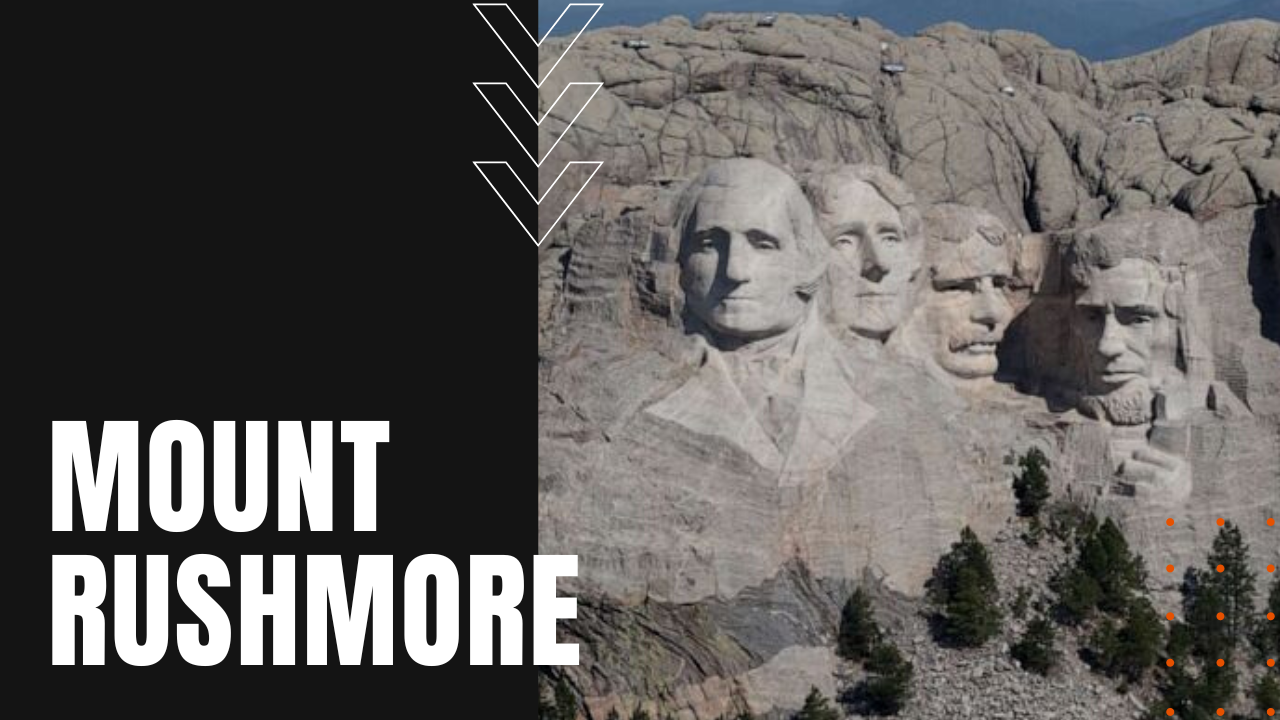Mount Rushmore: How it was Sculpted

In a bid to attract tourism to the state of South Dakota, Doane Robinson of the South Dakota Historical Society proposed building a monument on the granite cliffs of the Black Hills, which was formally approved in 1923 by South Dakota Senator Peter Norbeck.
Who Sculpted Mount Rushmore?
Backed by federal funding, Robinson recruited architect and sculptor Gutzon Borglum to design and sculpt the monument, and after considerable time spent surveying the Black Hills for an optimal location, Borglum chose Mount Rushmore due to the stability of its cliffs.
Given free reign over the project’s ultimate content, Borglum chose the two most famous presidents in American history—George Washington and Abraham Lincoln—followed by Thomas Jefferson, whose 1803 Louisiana Purchase from France nearly doubled the size of the country. Borglum’s fourth presidential choice was Theodore Roosevelt, since his creation of the National Park Service made the Black Hills and Mount Rushmore protected lands for the enjoyment of future generations.
How Was Mount Rushmore Created?
Borglum’s original design called for sculpting each president from the waist up, but time constraints and tight funding reduced the project’s scope to the faces of each chosen president.
Construction began on October 4th, 1927, employing 400 miners, sculptors and rock climbers, who used dynamite, jackhammers and chisels to sculpt each president’s 60-foot face, removing some 410,000 tons of rock until the monument’s completion in 1941, the same year Borglum passed away from complications after surgery.
Built at a cost of $989,000.00—some $18 million in today’s currency—Mount Rushmore attracts some two million visitors annually, at the same time making cameo appearances in movies such as North By Northwest, National Treasure, Superman II and Mars Attack, making Mount Rushmore a lasting tribute to the enduring legacy of American democracy.
